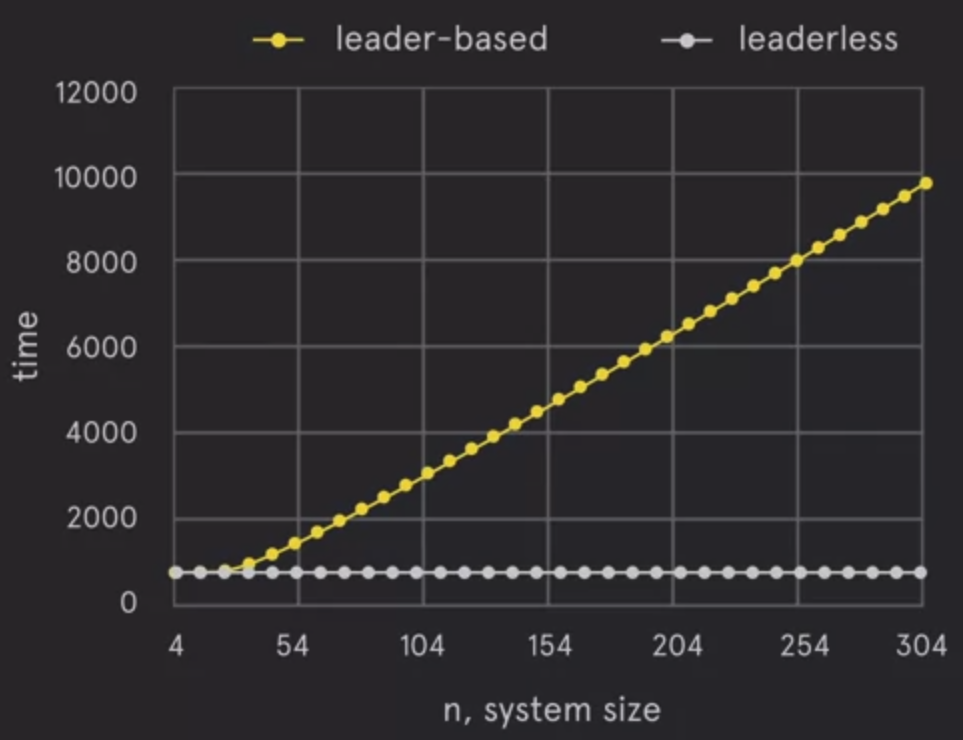Vincent Gramoli

School of Computer Science
1, Cleveland St.,
NSW 2006 Sydney
Follow @VincentGramoli
Why Blockchains Were Actually Centralised
19 Jan 2024 - Vincent
Most blockchains have an inherently centralised design, which restricts their scalability. It is the consequence of research on the consensus problem from the 80s and the influential leader-based consensus protocols from the 2000s. We had to wait until until 2021 for the problem to be redefined in a decentralised way for blockchains to scale to large networks.
Since its inception, blockchain has been inherently leader-based. Despite the large body of work on decentralisation and distribution, an interesting centralisation aspect underlies the implementation of many blockchain systems. Whether it is about choosing a block or favouring messages, these blockchains always promote one lucky node that imposes its block to the rest of the network [1].
This inherent centralisation dates back from the 80’s where the consensus problem (and in particular its validity property) was defined as the problem of deciding the proposal of one of the existing nodes. At the time it made sense, because to simplify the problem researchers were focusing on binary values and did not want consensus to be reached on value 1 if all nodes were proposing value 0.
The problem was exacerbated in 1999 when Castro and Liskov introduces PBFT for 4 nodes to agree in a Local Area Network (LAN). In order to decide only one of the proposed values, they used the concept of a leader: a single node that imposes its value to the rest of the network. This centralisation was key to make consensus practical in a LAN. The problem is that the paper was so influential that most consensus algorithms are now variants of PBFT, all relying on a leader. This centralisation is why these consensus protocols do not scale to Wide Area Networks.

In 2021, we defined the Set Byzantine Consensus [3], allowing nodes to agree on multiple blocks at the next available index. This allowed us to leverage the resources of all the nodes instead of relying on a leader bottleneck: view it as introducing network collaboration where there was only network competition. The result led to scalability in a WAN environment as performance would grow with the size of the network. This is illustrated by the graph of the blockchain scalability MOOC [4] above, comparing the times to propagate information with and without a leader [4].
[1] Satoshi Nakamoto. Bitcoin: A Peer-to-Peer Electronic Cash System. https://bitcoin.org/bitcoin.pdf
[2] Miguel Castro and Barbara Liskov. Practical Byzantine Fault Tolerance. OSDI 1999.
[3] Tyler Crain, Chris Natoli and Vincent Gramoli. Red Belly: A Secure Fair and Scalable Open Blockchain. S&P 2021.
[4] Blockchain Scalability and its Foundations in Distributed Systems. https://www.coursera.org/learn/blockchain-scalability